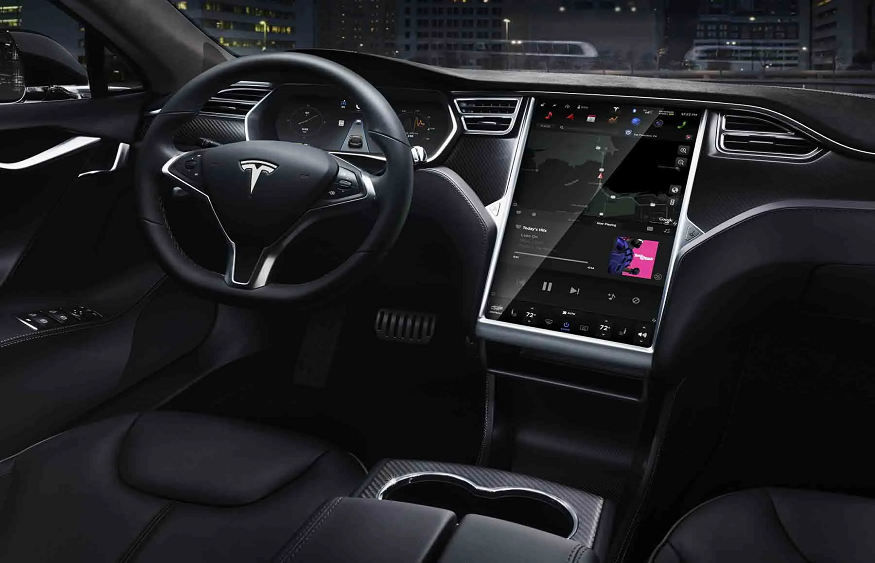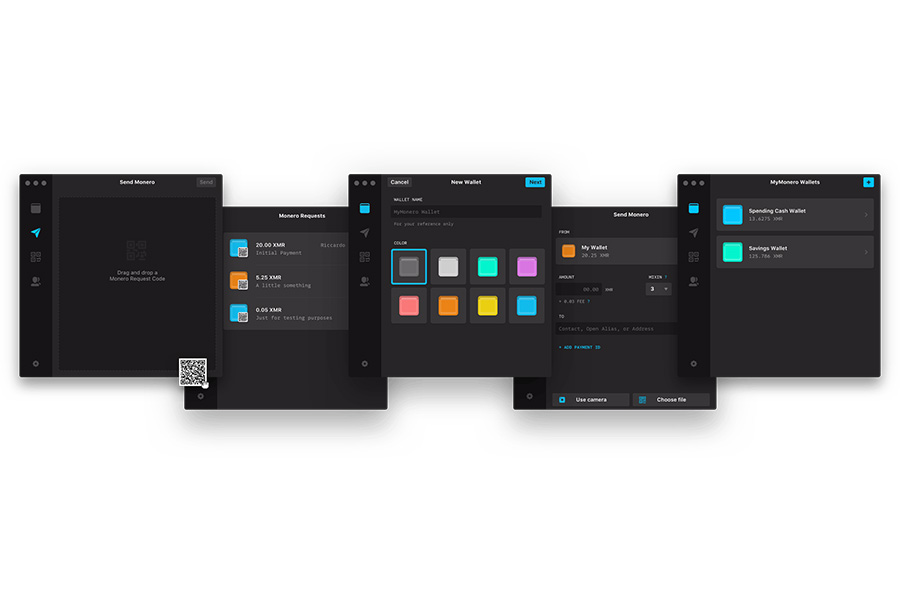In today’s rapidly evolving world, technology has penetrated nearly every aspect of our lives, reshaping the way we work, communicate, and live. One industry that has experienced a profound transformation is the transportation sector, particularly in how individuals find driving work. The convergence of innovative digital platforms, smartphone apps, and data analytics has revolutionized the way people search for, secure, and perform driving jobs. Here, we will discuss how technology is fundamentally changing the landscape of the driving work industry.
1. Rise of On-Demand Ride-Sharing Services
One of the most prominent ways technology has disrupted the driving work industry is through the advent of on-demand ride-sharing services like Uber and Lyft. These platforms have created a dynamic marketplace that connects drivers and passengers through user-friendly mobile apps. Drivers can easily sign up, set their own schedules, and start earning money by offering rides to passengers.
This shift from traditional taxi services to ride-sharing has opened up new opportunities for individuals to enter the driving workforce. The convenience of these apps has attracted a diverse pool of drivers, including students, retirees, and those looking for flexible work arrangements.
2. Delivery Services and the Gig Economy
Beyond ride-sharing, technology has also fueled the growth of the gig economy, providing numerous driving opportunities through food delivery services as well as package delivery for companies like Amazon Flex and Postmates. These platforms have democratized the driving job market by allowing anyone with a vehicle and a smartphone to participate, making it easier for people to find work that suits their needs.
The gig economy also offers flexible scheduling, empowering individuals to choose when and how often they want to work. This flexibility is particularly appealing to those seeking a second job, temporary employment, or part-time work to supplement their income.
3. Enhanced Safety and Security
Technology has not only changed how we find driving work but also how we perform it. Many platforms have implemented advanced safety features, such as driver background checks, real-time GPS tracking, and driver ratings. These measures ensure the safety of both drivers and passengers and build trust within the platform.
Additionally, in the case of on-demand ride-sharing services, drivers and passengers can share their real-time locations with friends or family, enhancing security during trips. This level of transparency and accountability was challenging to achieve in traditional taxi services.
4. Data-Driven Decision Making
Another significant way technology has impacted the driving work industry is through data analytics. Platforms collect vast amounts of data on driver behavior, passenger preferences, and traffic patterns. This data is then used to optimize routes, improve driver efficiency, and enhance the overall user experience.
Moreover, data-driven insights enable platforms to implement dynamic pricing, also known as surge pricing, which adjusts fares based on demand. This ensures that drivers have the potential to earn more during peak hours, further incentivizing their participation.
5. Reducing Barriers to Entry
Technology has lowered the barriers to entry into the driving work industry. Traditionally, becoming a taxi driver required a costly license and vehicle, while commercial driver’s licenses were needed for certain delivery jobs. With the rise of gig economy platforms, many of these barriers have been significantly reduced, allowing more people to participate in the workforce.
Conclusion:
Technology has undeniably revolutionized the way we find driving work, making it more accessible, flexible, and safe. On-demand ride-sharing services, the gig economy, enhanced safety measures, data-driven decision-making, and reduced barriers to entry have transformed the driving job market. As technology continues to evolve, we can expect further innovations that will continue to shape the future of work in the transportation sector. The driving work industry is a prime example of how technology can empower individuals to take control of their employment opportunities and adapt to the changing nature of work in the digital age




